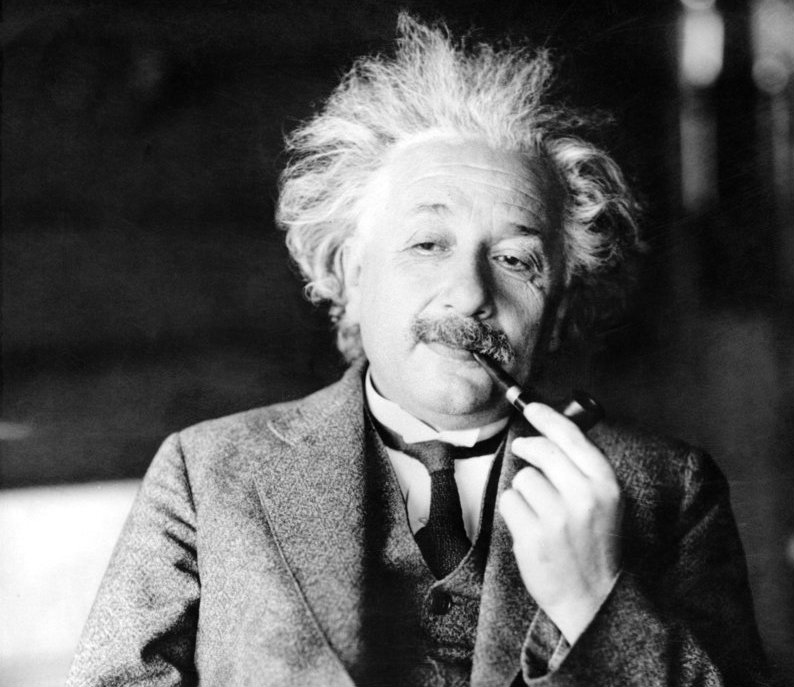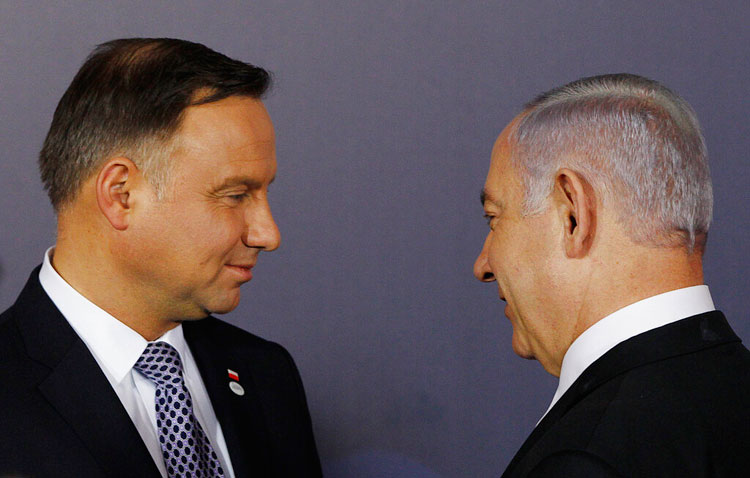It has been more than seven decades since the end of World War II, but even now very few people know about Operation Paperclip. The latter exposed the hypocrisy of the United States of America when, instead of punishing Nazi scientists guilty of war crimes, the US utilized them to build its own space programme. Operation Paperclip was the code name of the US intelligence and military services that extricated scientists from Germany, during and after the final stages of the war. The project was initially called Operation Overcast, but later came to be known as Operation Paperclip.
Many of the scientists in question had done horrendous things like conducting scientific experiments on human beings under the Adolf Hitler regime. Most of them were in very high positions in their respective fields and supported the Nazi ideology. Once the war was over, both the Americans and the Soviets wanted to harness the technological prowess of the Nazi regime.
In fact, there was stiff competition even in getting hold of the sophisticated technological equipment built in Nazi Germany. Once the equipment — weapons, instruments, machines — were acquired, the question of what to do with the highly skilled and trained people who designed it all remained. It was a question of morality; one the one hand, the world knew about the scientists’ Nazi pasts, but on the other hand, they were considered too skilled to be left behind to be punished for their crimes. While writing on the issue, the journalist, Annie Jacobsen, in her book, Operation Paperclip: The Secret Intelligence Program that Brought Nazi Scientists to America, said, “The U.S. government secretly decided that the value of these former Nazis’ knowledge outweighed their crimes and began a covert operation code-named Paperclip to allow them to work in the U.S. without the public’s full knowledge”.
The Nasa history series under the Selected Documents in the History of U.S. Civil Space Program revealed how the rocket scientists from Nazi Germany were transferred to the US. In the journal, Exploring the Unknown, it is clearly stated that on May 2, 1945, Wernher von Braun, Dornberger and 116 other rocket specialists surrendered to American officials in the Austrian Tyrol town of Reutte, just south of Bavaria. A few months later, they were taken to the US, along with about 100 V-2 rockets, many rocket components, and truckloads of scientific documents. This ‘rocket team’ formed the foundation of the US’s progress in the missile and rocket development for several decades to come.
Kurt H. Debus, a German V-2 rocket scientist under Nazi rule, was made the first director of Nasa’s John F. Kennedy Space Center. He remained there from 1962 till 1974. Similar things happened with many other Nazi scientists, who later gained prominent positions in highly reputed institutions in the US.
On the other hand, the Soviets did not allow captured Nazi scientists to take part in their space programme or any other institution. They were just kept for the extraction of all the information that they possessed about rocket science and missile technology. Once they revealed whatever they knew, these scientists were deported to West Germany. To sum up, Operation Paperclip is an important yet overlooked chapter in world history.












